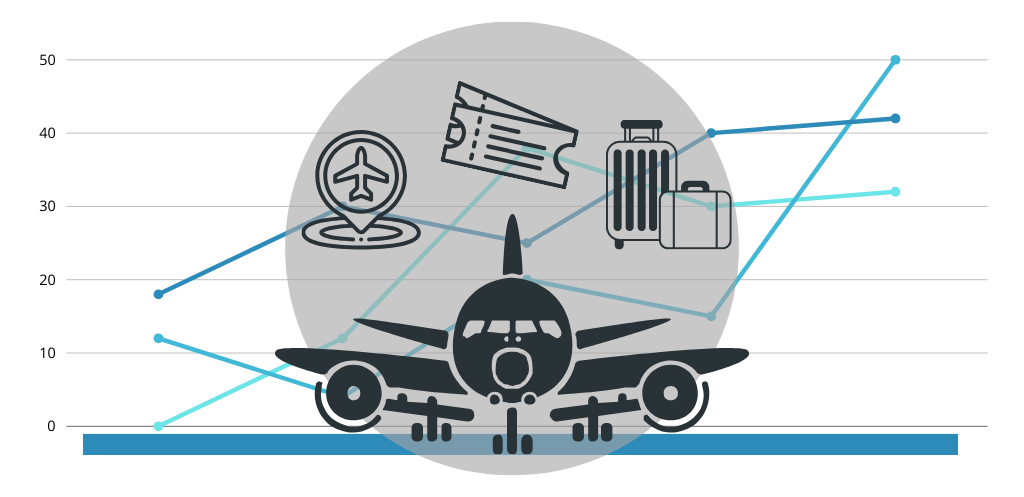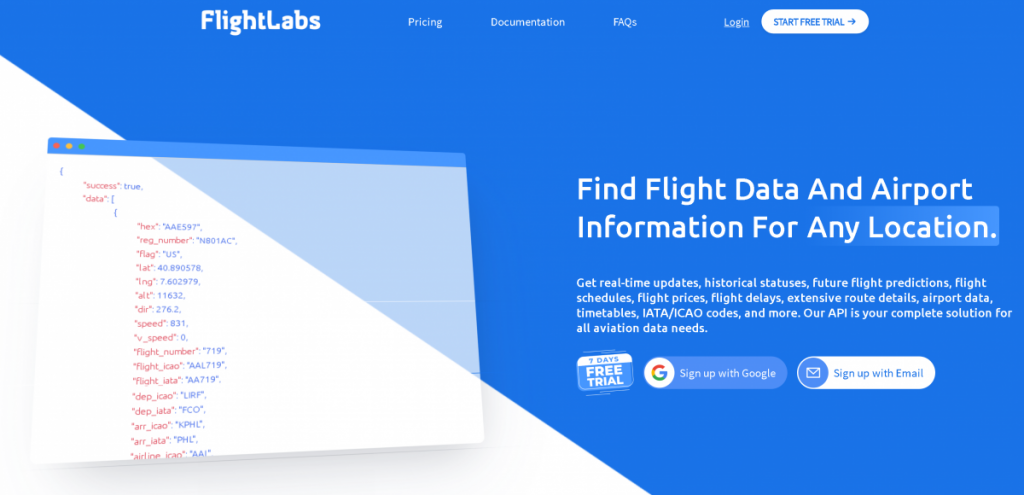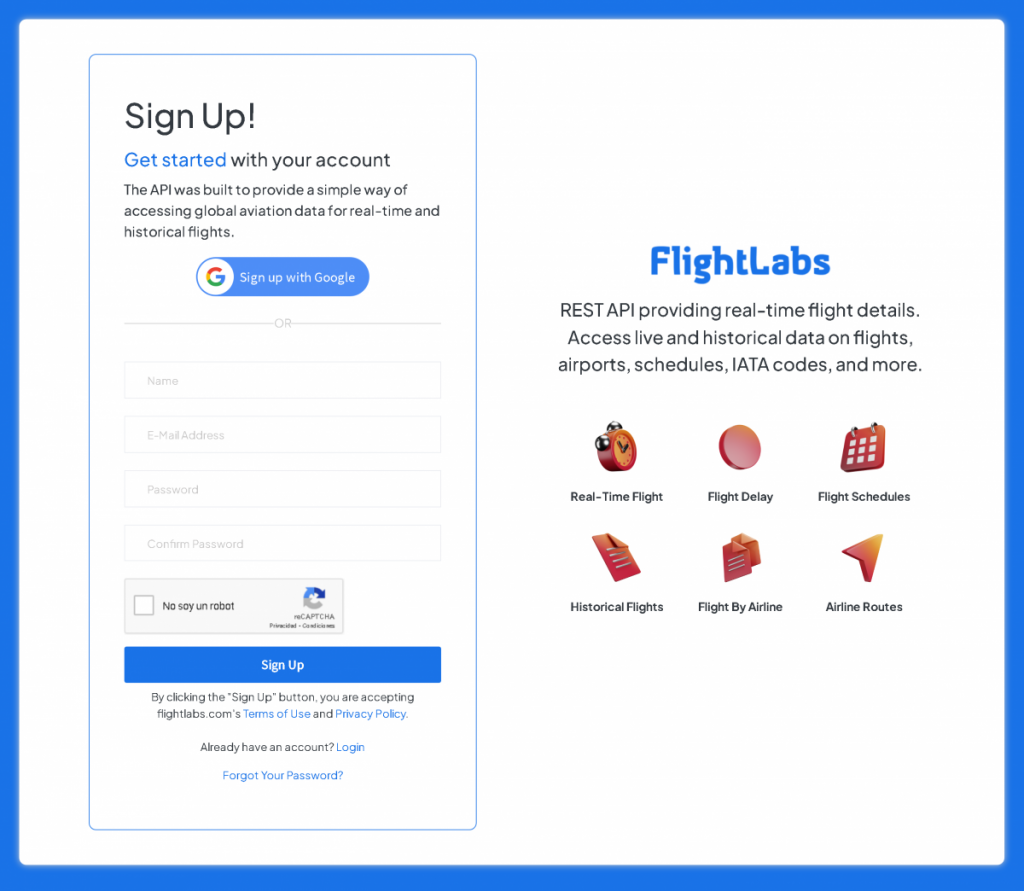In today’s fast-paced world, accurate and timely information is crucial, especially in the aviation industry. Whether it’s a traveler planning a trip or a business relying on logistics, knowing the exact schedule of flights can make a significant difference. This is where Flights Scheduled APIs come into play. These APIs provide accurate scheduled flight information, streamlining various processes for developers and businesses alike.
In this article, we will delve into the world of Flights Scheduled APIs, understand their importance, and explore how they are transforming the development landscape, with a special focus on the FlightLabs.
Understanding Flights Scheduled APIs
A Flights Scheduled API is a tool that allows developers to access comprehensive information about scheduled flights. These APIs serve as a bridge between the raw data and the application or service that needs to use this data. They fetch information from multiple sources, including airlines and airports, and present it in a structured format that is easy to integrate into various platforms.
Key Components of a Flights Scheduled API
Flights Scheduled APIs typically consist of several key components. First, there is the data source, which includes airlines, airports, and other aviation-related databases. Next, the API itself acts as an intermediary, pulling data from these sources and converting it into a usable format. Finally, the endpoint, which is the specific URL or URI, where developers send requests to retrieve the necessary data. Together, these components ensure that the information provided is accurate, up-to-date, and readily accessible.

Importance of Flights Scheduled APIs in Developer Projects and Business
One of the primary benefits of using Flights Scheduled APIs is the enhancement of user experience. In the travel industry, providing accurate and timely information can significantly improve customer satisfaction. For instance, a travel booking platform can use these APIs to display real-time flight schedules, helping users make informed decisions about their travel plans. Moreover, integrating this data into mobile apps allows travelers to receive instant updates on their flights, reducing anxiety and improving their overall experience.
Flights Scheduled APIs also play a crucial role in streamlining operations for businesses. Airlines, airports, and travel agencies can integrate these APIs into their systems to automate various processes. For example, airlines can use scheduled flight information to optimize their crew scheduling and aircraft maintenance. Travel agencies can automate the process of booking and managing flights, reducing manual effort and minimizing errors. By automating these processes, businesses can achieve higher efficiency and lower operational costs.
Spotlight on FlightLabs: A Quick Introduction

Among the various Flights Scheduled APIs available, FlightLabs stands out for its comprehensive features and developer-friendly approach. FlightLabs provides a robust platform for accessing real-time and scheduled flight information, making it an invaluable tool for developers and businesses in the aviation sector.
One of the standout features of the FlightLabs is its Real-Time Flight endpoint. This feature allows developers to access up-to-the-minute information about flights, including current status, departure and arrival times, and any delays. This real-time data is crucial for applications that require the most current flight information, such as flight tracking apps or airport information displays.
The core feature of the FlightLabs is its Flights Scheduled endpoint. This endpoint provides comprehensive information about scheduled flights, including flight numbers, routes, departure and arrival times, and aircraft details. Developers can use this endpoint to build applications that require detailed flight schedule information, such as travel booking platforms or flight planning tools.
Getting Started with FlightLabs: Step-by-Step
Integrating the FlightLabs into your projects is straightforward. Here’s a step-by-step guide to get you started:
- Sign Up and Get API Key: First, sign up on the FlightLabs website to get your API key. This key is necessary for authenticating your requests.

- Read the Documentation: Familiarize yourself with the API documentation to understand the available endpoints and how to use them.
- Make Your First Request: Use a tool like Postman to make your first API request. For example, you can request the scheduled flights for a particular date and route.
- Integrate into Your Application: Once you’re comfortable with making requests, integrate the API into your application. Use the appropriate endpoints to fetch and display the data as needed.
https://www.youtube.com/watch?v=1pueN0P-UC8
When integrating the FlightLabs into your projects, consider the specific needs of your application. For instance, if you’re building a flight tracking app, you’ll likely use the Real-Time Flight and Flight Delay endpoints extensively. On the other hand, a travel booking platform might focus more on the Flights Scheduled endpoint. Ensure that your integration is seamless and that the data is presented in a user-friendly manner.
Final Thoughts
Flights Scheduled APIs are transforming the way developers and businesses access and use flight information. By providing accurate and real-time data, these APIs enhance user experiences, streamline operations, and improve decision-making processes. Among the available options, FlightLabs stands out for its comprehensive features and ease of use.
Its robust endpoints, including Real-Time Flight, Flight Delay, and Flights Scheduled, make it a valuable tool for various applications in the aviation sector. As the demand for accurate flight information continues to grow, APIs like FlightLabs are poised to play an even more significant role in shaping the future of travel and aviation development.
Related Post: Top API Marketplaces For Developers: A Comprehensive Guide

